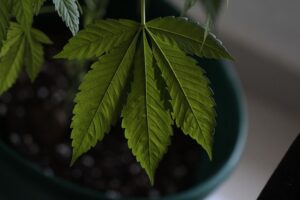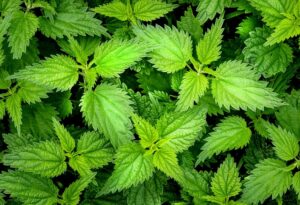
The THCA flower, a non-psychoactive precursor to THC found in cannabis, has garnered attention for its potential health benefits, including anti-inflammatory and analgesic effects. Unlike its psychoactive form, THCA does not induce a 'high' and is being studied for its therapeutic properties without altering cognitive function. For those interested in incorporating THCA flower into their wellness routine, it's crucial to follow specific dosage guidelines to ensure safety and efficacy. New users should start with a conservative dose, typically 1-5 milligrams per day, split into multiple intakes, and adjust based on personal experience and health goals. It is recommended to consult healthcare professionals beforehand, especially for individuals with existing health issues or those taking other medications. The purity and potency of THCA flowers can vary, so users should be mindful of their source and closely monitor their responses. Adherence to dosage guidelines is vital for maximizing the benefits of THCA flower while minimizing any potential risks.
Explore the emerging landscape of THCA flower, a natural cannabinoid that’s garnering attention for its potential wellness benefits. Unlike its counterparts, THCA offers unique properties that could complement your health regimen. This article delves into the multifaceted advantages of THCA flower, providing clear dosage guidelines to ensure safe and effective use. From understanding its role in the endocannabinoid system to learning how to incorporate it into your daily wellness routine, discover the myriad ways THCA flower can enhance your well-being. Join us as we navigate the science, effects, and practical aspects of incorporating this cannabinoid into your life.
- Unlocking THCA Flower's Potential: An Overview
- What is THCA and How Does it Differ from Other Cannabinoids?
- The Emergence of THCA Flower in the Cannabis Landscape
- Comprehensive Guide to THCA Flower Dosage Guidelines
- Understanding THCA Flower's Effects and Benefits
- Therapeutic Properties of THCA Flower: Pain Relief and Beyond
Unlocking THCA Flower's Potential: An Overview
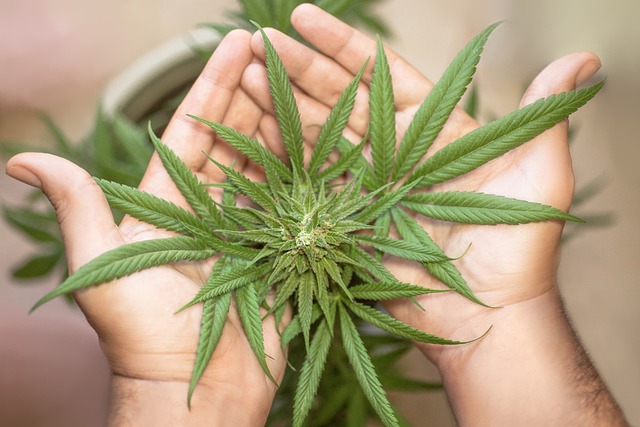
The THCA flower, which is the raw and unprocessed form of tetrahydrocannabinolic acid (THC), possesses a range of potential wellness benefits due to its unique cannabinoid profile. Unlike its psychoactive counterpart THC, THCA is non-psychoactive, making it an attractive option for those seeking the therapeutic effects of cannabis without the ‘high’. As researchers continue to explore the properties of THCA flower, users are encouraged to follow dosage guidelines tailored to their individual needs and experiences. Typically, THCA flower can be consumed in various ways, including smoking, vaporizing, or incorporating it into edibles; however, each method will affect the onset and duration of effects. It’s crucial for individuals to start with a low dosage to gauge their body’s response before gradually increasing the amount as needed. This cautious approach ensures a safe and personalized experience while unlocking the potential wellness benefits that THCA flower has to offer, such as pain relief, anti-inflammatory properties, and mood enhancement. Adherence to dosage guidelines is essential for optimizing these benefits and minimizing any adverse effects. Users are also advised to consult with healthcare professionals before incorporating THCA flower into their wellness regimen, especially if they have underlying health conditions or are taking other medications. With a growing body of anecdotal and scientific evidence supporting its use, the THCA flower is gaining recognition for its promising benefits within the cannabis community.
What is THCA and How Does it Differ from Other Cannabinoids?
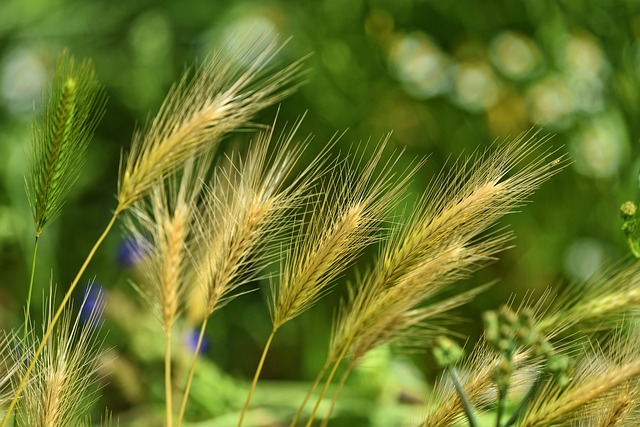
Tetrahydrocannabinolic acid, commonly known as THCA, is one of the most prominent cannabinoids found in the Cannabis sativa plant. Unlike its well-known counterpart, THC, THCA is non-psychoactive, meaning it does not produce the ‘high’ associated with cannabis consumption. This distinction is significant for those seeking therapeutic benefits without psychoactive effects. THCA is found in raw cannabis plants or in products made from fresh flowers before they have been heated or decarboxylated—a process that converts THCA into THC. Research suggests that THCA may offer potential health benefits, including anti-inflammatory and neuroprotective properties, which are under investigation for various conditions.
When considering THCA flower dosage guidelines, it’s important to approach it with caution, as the effects of cannabinoids can vary greatly among individuals. Dosage can depend on several factors, including the user’s body chemistry, the potency of the product, and the desired effect. It’s advisable to start with a low dose to gauge individual sensitivity and effects. THCA flower dosage typically ranges from 1 to 5 milligrams per day for beginners, with more experienced users potentially increasing this amount based on their tolerance and needs. Always consult with a healthcare professional before incorporating THCA into your wellness routine, especially if you are taking other medications or have underlying health conditions. Following recommended dosage guidelines ensures a safer and more effective experience with THCA-rich products.
The Emergence of THCA Flower in the Cannabis Landscape
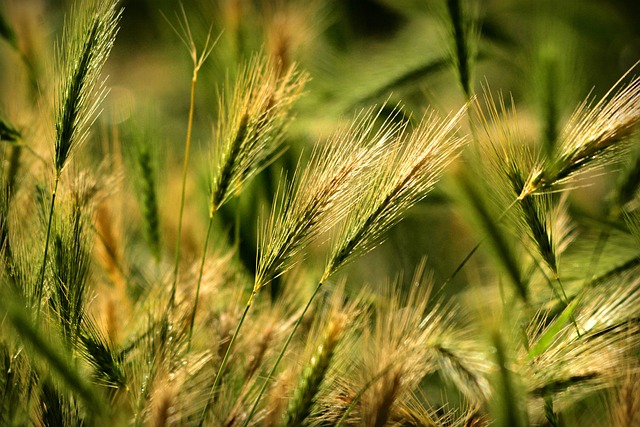
The emergence of THCA (tetrahydrocannabinolic acid) flower in the cannabis landscape represents a significant evolution in the understanding and utilization of cannabinoids. Unlike its decarboxylated form, THC (tetrahydrocannabinol), THCA flower is non-psychoactive, offering consumers a new avenue to explore the potential wellness benefits of cannabis without the traditional ‘high’ associated with THC products. As research continues to unfold, users are increasingly turning to THCA flower for its reported anti-inflammatory and analgesic properties. The unique benefit of THCA flower lies in its dosage guidelines, which can be tailored more precisely than with many other cannabis products due to its non-psychoactive nature. Consumers can experiment with higher doses or consume it throughout the day without cognitive impairment, making it a versatile option for those seeking relief from various ailments. The precise dosing allows for a more controlled experience, which is particularly appealing to individuals sensitive to THC or those who prefer to maintain clarity and focus while experiencing the potential therapeutic benefits of cannabinoids. As interest in cannabis-derived wellness options grows, THCA flower’s role in the cannabis landscape is set to expand, offering a promising alternative for consumers looking to harness the full spectrum of hemp’s offerings.
Comprehensive Guide to THCA Flower Dosage Guidelines
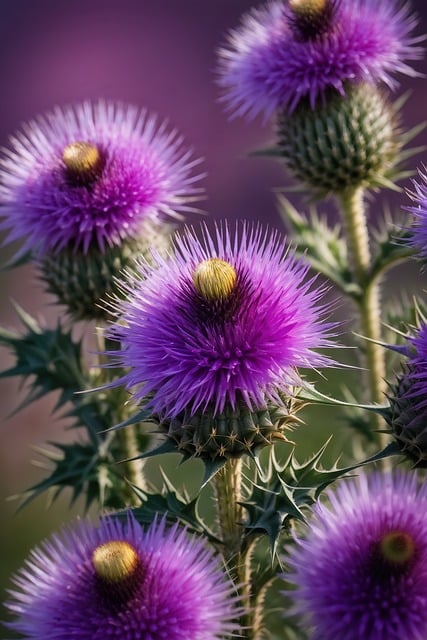
When exploring the potential benefits of THCA (Tetrahydrocannabinolic Acid) flowers, understanding the appropriate dosage is crucial for a safe and effective experience. THCA, the raw form of THC (tetrahydrocannabinol), is found in raw cannabis or cannabis that has not been heat-treated. It’s known for its wide array of therapeutic properties without the psychoactive effects associated with THC once it’s been decarboxylated, typically through smoking or vaporizing.
Before incorporating THCA flowers into your wellness regimen, it’s essential to familiarize yourself with the recommended dosage guidelines. These guidelines vary based on individual factors such as body weight, tolerance, and the specific condition you aim to address. A common starting point for many users is 1-5 mg of THCA per day, divided across multiple doses. This low initial dosage allows your body to acclimate to its effects while minimizing potential side effects. It’s also advisable to monitor your response and adjust the dosage as needed, ideally under the guidance of a healthcare professional. As with any supplement or medication, it’s important to start conservatively and gradually increase as you gauge the impact on your health. With consistent use and an understanding of how your body reacts, you can tailor your THCA flower dosage to maximize its potential benefits in a manner that aligns with your wellness goals. Remember to consider individual sensitivities and consult with a healthcare provider when determining the right THCA flower dosage for you.
Understanding THCA Flower's Effects and Benefits
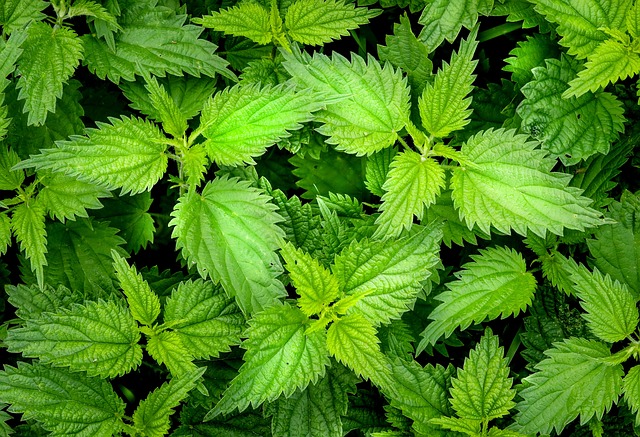
The THCA flower, which contains tetrahydrocannabinolic acid, a non-psychoactive precursor to THC, has garnered attention for its potential therapeutic properties. As research continues to evolve, users are exploring the effects and benefits of THCA flower. Unlike its psychoactive counterpart, THC, THCA interacts with the body’s endocannabinoid system without inducing a ‘high.’ Studies suggest that THCA may offer anti-inflammatory, neuroprotective, and analgesic effects, making it a subject of interest for those seeking alternative wellness solutions.
When considering incorporating THCA flower into one’s regimen, dosage guidelines are paramount. The optimal dosage can vary widely based on individual physiology, tolerance, and desired outcomes. New users should start with a low dose to gauge effects before gradually increasing as needed. It is crucial to approach THCA flower consumption with caution and to consult with a healthcare professional, especially if combining with other medications or treatments. Dosage guidelines often recommend starting with a quarter of a gram up to twice daily, with adjustments based on individual experiences and needs. As with any wellness regimen, consistent usage at an appropriate dosage is key to experiencing the potential benefits that THCA flower has to offer.
Therapeutic Properties of THCA Flower: Pain Relief and Beyond
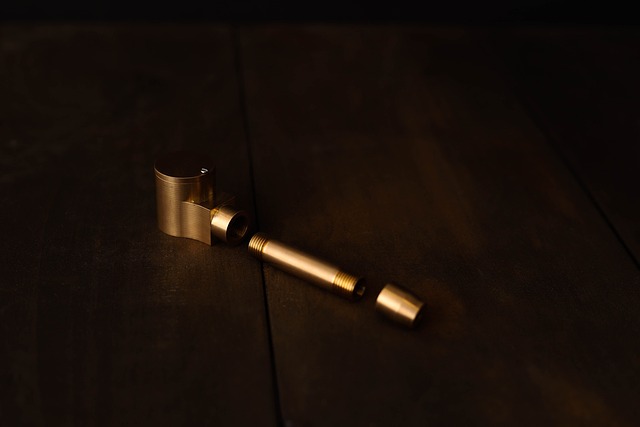
THCA, or tetrahydrocannabinolic acid, is a non-psychoactive cannabinoid found abundantly in raw cannabis flowers. Known for its therapeutic properties, THCA has garnered attention for its potential health benefits, particularly in pain management. Research suggests that THCA interacts with the body’s endocannabinoid system, influencing pain perception without inducing the psychoactive effects associated with its decarboxylated form, THC. Users who consume THCA flower often report relief from various types of pain, including chronic and neuropathic pain, due to its interaction with CB1 and CB2 receptors.
Dosage guidelines for THCA flower are crucial for safe and effective use. Recommended doses can vary widely depending on individual factors such as body weight, tolerance, and the specific condition being addressed. It is advisable to start with a low dose and gradually increase it over time, monitoring effects closely. Consumers should also be mindful of the source and purity of THCA flowers, as product potency can differ significantly between batches and producers. Adhering to dosage guidelines not only ensures a personalized experience but also helps in avoiding potential adverse effects. Users are encouraged to consult with healthcare professionals when integrating THCA flower into their wellness regimen, especially if they have underlying health conditions or are taking other medications.
In conclusion, the exploration into the potential benefits of THCA flower has revealed a promising landscape for those seeking alternative wellness solutions. As we’ve examined, THCA, tetrahydrocannabinolic acid, presents unique advantages distinct from its decarboxylated counterpart, THC. Its therapeutic properties, particularly in pain relief and other areas, suggest that THCA flower could become a valuable addition to the cannabis repertoire. With a growing body of research highlighting its efficacy, it’s clear that understanding and adhering to THCA flower dosage guidelines is crucial for optimizing its benefits. As the legal and cultural landscapes continue to evolve, the importance of such guidance will only increase, ensuring safe and informed consumption.
